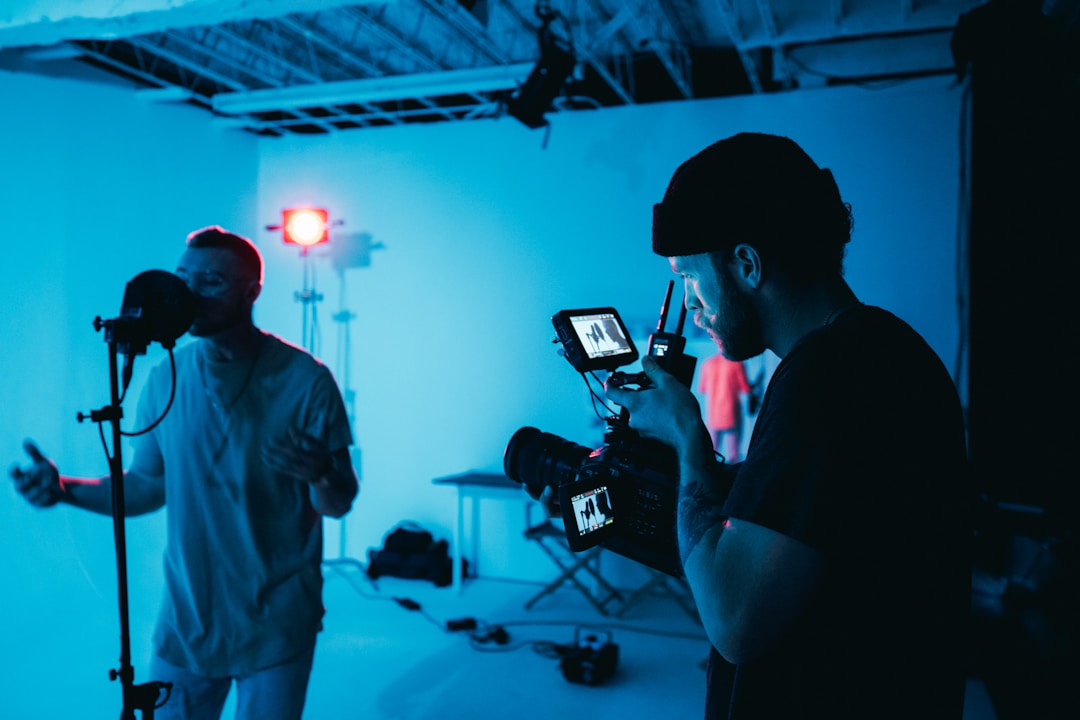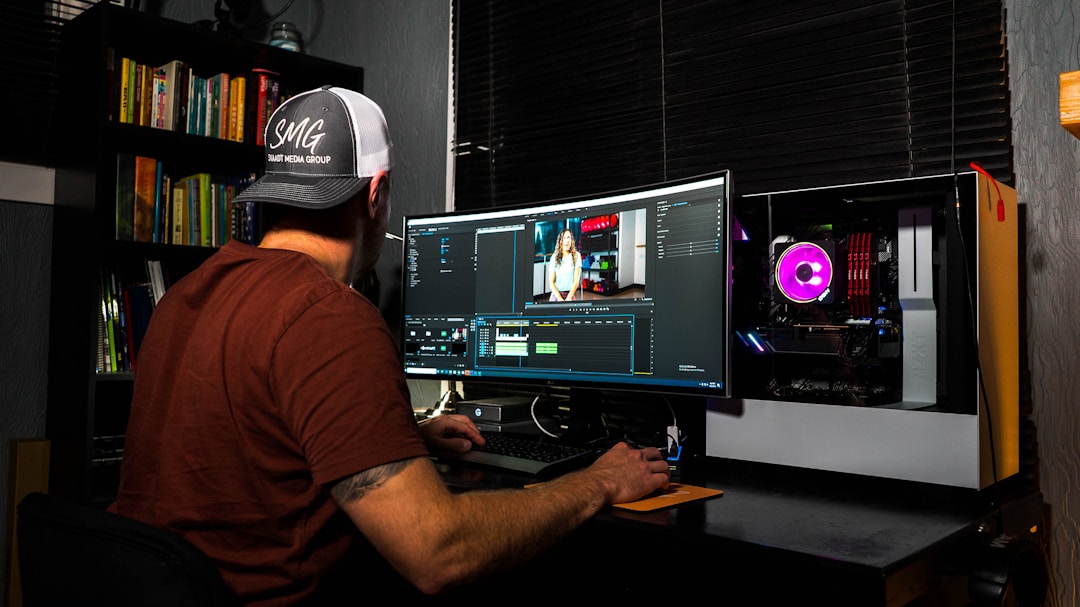Tips for Making a Professional Music Video

Whether you’re a burgeoning artist working on your first video or a seasoned professional trying to maintain the quality of your work, the process of creating a music video is highly intricate and requires in-depth planning. Each stage plays a vital role in the final product, from conceptualizing the track to shooting and editing. With advancements in technology, it has become possible for artists to Create Videos with a more modest budget. In this article, you will uncover some essential tips to help you produce a music video that matches your vision and connects with your audience on a deeper level.
Conceptualizing Your Music Video

Conceptualizing your music video is the first step in the direction of creating a masterpiece. It’s not about complex narratives or high-end special effects but about finding a core idea that aligns with your song and effectively portrays its essence. Make sure you spend a substantial amount of time brainstorming and conceptualizing. Write down every single idea that comes into your mind, no matter how ridiculous or impractical it might seem in the first instance. Often, the greatest ideas are born from seemingly nonsensical thoughts.
Moving towards the conceptualization phase, be open to inspiration from other art forms such as paintings, films, or even a melody. Meld these inspirations with your own creativity, building something unique and special. Choose a concept that aligns with your song, your team’s abilities, budget, and time frame. Be sure to consider how it will resonate with not just your fan base but also the broader public to garner more followers.
Once you have a raw concept, refine it further. Consider how it will be visually translated and how it will complement the mood, tone, and lyrics of the song. Balance it out between aesthetics and practicality. You might have an image of an extraordinary visual effect in your mind, but it might not be feasible, given your budget constraints. So always remember to keep your feet on the ground while your mind is in the clouds of creativity.
Choosing the Right Equipment

In the world of filmmaking, the right equipment is everything. The quality of your video, to a great extent, depends on the gear you use. However, having the most expensive equipment doesn’t always guarantee the best results. Your expertise in handling the equipment, understanding lighting, frame composition, and angles are far more crucial than high-priced gear.
Sound is one of the most important components of a music video. No matter if you are doing voice-overs for your video or live recordings, a clear and crisp sound can make all the difference in setting the right vibe for your video. As a result, you will want to invest in quality microphones that provide excellent sound.
Blue microphones, for example, and known for top-quality audio recording. Blue Microphones offers a wide range of excellent options to suit the needs of musicians and audio enthusiasts. Whether you are looking for a versatile microphone for various recording applications or a professional-grade option, Blue has got you covered. You’ll want to opt for directional microphones for targeted sound or shotgun microphones for wider sound capture.
Upgrading your camera can dramatically improve the professional look of your music video. More megapixels do not necessarily mean better image quality; instead, focus more on the sensor size and the number of frames-per-second the camera can capture. A full-frame DSLR or Mirrorless Camera with the ability to shoot in 4K and at a minimum of 24 fps is apt for most music video shoots.
When it comes to finding the right equipment for your production needs, it can often be overwhelming to navigate through the myriad of options available in the market. This is where professional review resources can come to your rescue. By consulting reputable sources, you can gain insights, recommendations, and a better understanding of the best products available. MusicianNerd, for example, specializes in providing comprehensive reviews and recommendations for microphone equipment.
Lighting, Location, and Costumes
Lighting, location, and costumes contribute immensely to setting the right mood for your video. Having a good understanding of natural and artificial light and knowing how to manipulate and utilize them can improve the visual aesthetics of your video significantly. Even the most mundane places can look extraordinary with proper lighting. If you’re shooting indoors, having a basic three-point lighting setup can create dramatic effects that align well with the mood of the song.
Picking a location, on the other hand, depends greatly on the song’s context and the concept you’ve determined for the video. It’s critical to assess whether the location visually complements the narrative of your music. Also, consider factors such as permissions, crowd control, accessibility, and weather. While it might be exciting to shoot on a tropical island, the cost and logistics might not be feasible.
Finally, costumes and makeup are not just to make your characters look good, but they also tell a story, define the character’s personality, and help in narrative progression. Be consistent with your theme, and ensure costumes and makeup suit your characters and situations.
Post-Production and Editing

The real magic happens in post-production and editing. By using professional editing software, you can add the desired effects, choose the right color grading, and synchronize the audio and video perfectly in alignment with the pacing of your song. Be patient, as you might need to make several revisions to achieve the desired outcome.
Consider learning about different video transitions, their context, and how to use them. Effects must not only visually please the audience but also contribute to the story’s progression. Transitions, when used right, can enhance the viewing experience and make your video more engaging. However, refrain from overusing them, as it might make your video look amateurish.
Color grade your footage to give it a cinematic look and feel. It not only enhances the mood and impact of your scenes but also fixes any color imperfections found in the original footage. Use subtle amounts of color correction and grading for a more natural look, or go for dramatic color grading to enhance the visual aesthetics of your video.
Distributing Your Music Video
Once your video is ready, it’s time to share it with the world. In today’s digital age, social media platforms like YouTube, Instagram, and TikTok are incredibly powerful tools for video distribution. However, merely uploading your video and hoping for it to go viral won’t suffice. You need to promote your video actively. This will involve connecting with influencers, engaging with your audience, running ads if necessary, and constantly measuring performance.
Make sure to utilize the power of search engine optimization (SEO) when uploading your music video. Pay attention to the title, tags, and description of your video. SEO-friendly descriptions, relevant tags, and an attractive thumbnail can significantly improve the visibility of your video.
Also, never disregard the importance of interacting with your audience. Engage with the comments on your video, respond positively to criticism, and appreciate the compliments. This not only helps build your online community but also improves your visibility on the platforms.
Altogether, creating a professional music video not just involves creativity but a strategic approach too. It’s a combination of having a clear concept, choosing the right equipment, careful planning and process management, adept editing skills, and active distribution strategies. Once you master these aspects, your journey toward making a top-notch music video will be smooth and fruitful.



